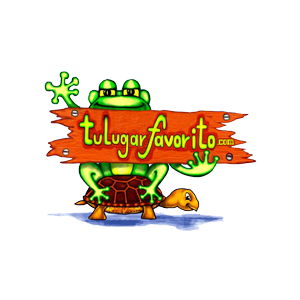Vista Posteos
Traditional Medical Records vs Electronic Medical Records by Muhammed Munir
A paper patient record is recognized by name, serial, membership, reference or medical record number, and other identifiers that make it easier to find in the physical filing system. It takes long time to sort thousands of files, whenever patient or doctor requires checking previous medical history or updating the status of record. On other hand, an EHR provides dissimilar identifying information for each patient, and identifiers to locate the digital record among any number of records. Due to its digital nature, finding patient record is concern of merely seconds.
If a paper chart is filed correctly in the medical records system, a staff member must go to the stacks of charts, using some quick identifier code. After matching the exact last name and first name, then the chart is "pulled" for desired review. Sometimes, a placeholder is inserted in stack, to make refiling easier and for reference where the chart is headed. In this whole manual process, there is great potential of human mistake; any file can be lost easily due to slight negligence. An electronic chart is never lost, out, or misfiled because it is always exactly where it should be. An electronic record may be accessed from any point in a healthcare facility that has access to medical records.
A paper medical record includes office or progress notes in chronological sequence. These are sorted and searched by flipping through pages, until the desired entry is located. Progress notes in a traditional paper record might be produced by dictationtranscription, free handwriting, or form completion method. An EHR keeps progress notes and provides quick access by date of visit, provider or other accessible search criteria and the ability to browse by diagnosis and prescription. A full function EHR automatically creates the progress notes, as the visit is produced.
Laboratory and radiology reports, as well as related communication, are filed in more or less chronological order. Access to specificdesired entries can be prolonged or slow. An EHR stores reportsinformation in number of ways to provide quick access and speedy reference, such as scanned images, direct lab results or even online laboratory information. Access to common demographic and information is highly resourceful and useable due to implementation of EHR system in any practice.
In a paper chart system, a healthcare provider typically writes a paper prescription for the patient to take to a pharmacy. Actually, once this information has been adequately obtained, the paper prescription is handed to the patient. It is then necessary for the provider to document the process (that just took place), including the negative potential for drug interactions and allergies, as well as the form, strength, quantity, and directions for the prescribed drugmedicine. On other hand, EHR with strong clinical decision support, offers reference information regarding mostfavorable treatment, such as treatment guidelines or "best practice standards. An EHR with prescription writing capability performs the allergy and drug interaction checking, or at least provides a quick reference for manually checking, when the desired drug is selected. In addition, an EHR with electronic prescribing capability can send the prescription to a designated pharmacy directlyonlineautomatically.
Paper charts characteristically hold demographic and insurance information, along with a list of medical problems, allergies and medications. These must be readily reorganized and should stay up to date and precise, manually. Some practices, use carbon copies of each document for transferring data to concerned or relevant department(s) such as billing. An EHR maintains this information, and shares any updated information wherever it is needed. For example: when updated insurance information is provided, that information is automatically passed to billing so that the information is reliable and existing, without the need for duplicate dataentry. In addition, clinical information such as problem lists and medication lists are readily updated without duplicate dataentry. EHR automatically updates the patient's medication list. As a result, carrying out this concept saves time, eliminates mistakes, keeps computerized revision and makes whole process smooth and troublefree.
Nortec EHR is complete Electronic Health Record systemsolution for practices, having full capacity to manage any kind of operational task. Nortecs suite consists of Electronic Medical Records (EMR), Practice Management (PMS), Advanced Surescripts certified Electronic Prescribing, Document Management, Revenue Cycle Management and a myriad of other modules designed to automate ambulatory and outpatient physician practices. Not only for its Stimulus Package of $4400, Nortec EHR provides friendly, easy and complete Health Record Management, if implemented within any practice. Moving towards next era of Health IT, Nortec EHR can be your best partner!
Related topics: food ingredient specializing in serving the demand for raw materials needed for finished food products. Our clients trust us to provide quality ingredients every single time.
Publicidad
Bloque HTML
Información de Entrada
15.01.2012 (5035 días)
Publicidad
Calificar
Recomendar
Categorías


